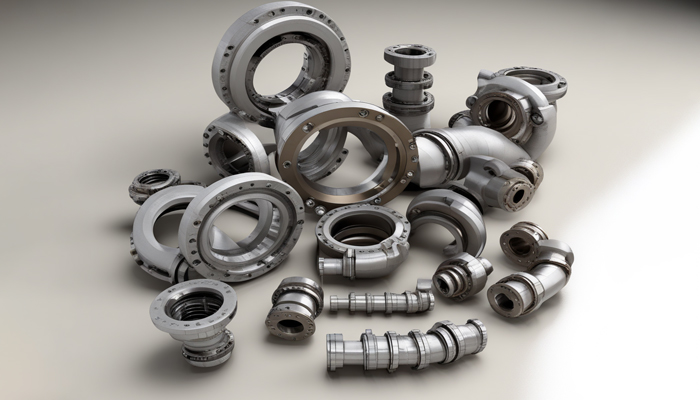When it comes to pipe fittings, the term “nominal diameter” is often used to describe the size of the fitting. But what exactly does it mean? In this article, we’ll take a closer look at the nominal diameter interpretation of pipe fittings and why it’s important to understand it.
Nominal Diameter Interpretation of Pipe Fittings
The nominal diameter of a pipe fitting is the diameter of the fitting measured at its largest point. This includes the outside diameter of the threads, the diameter of the bore, and the diameter of the outside surface of the fitting. The nominal diameter is an important measurement because it determines the inside diameter of the pipe that the fitting will be used with.
Why is Nominal Diameter Important?
The nominal diameter of a pipe fitting is crucial because it ensures that the fitting will properly fit into the pipe. If the nominal diameter of the fitting is too small, it may not properly seal the pipe, leading to leaks and other issues. If the nominal diameter is too large, it may be difficult to install the fitting, and it may not provide a secure connection.
How to Measure Nominal Diameter
Measuring the nominal diameter of a pipe fitting is relatively straightforward. To measure the nominal diameter, you’ll need a tape measure or a caliper. Simply measure the diameter of the fitting at its largest point, taking care to include the outside diameter of the threads, the diameter of the bore, and the diameter of the outside surface of the fitting.

Examples of Nominal Diameter Interpretation
Let’s take a look at some examples of nominal diameter interpretation in action. For example, a 1-inch nominal diameter pipe fitting will have an inside diameter of 1 inch. A 1/2-inch nominal diameter pipe fitting will have an inside diameter of 1/2 inch.
Importance of Nominal Diameter in Pipe Fitting Selection
When selecting a pipe fitting, it’s essential to consider the nominal diameter. The nominal diameter will determine the size of the pipe that the fitting will be used with, and it will ensure that the fitting properly fits into the pipe. By selecting a fitting with the correct nominal diameter, you’ll ensure a secure connection and prevent leaks.
In conclusion, the nominal diameter interpretation of pipe fittings is a crucial aspect of pipe fitting selection. By understanding the nominal diameter, you’ll ensure that the fitting properly fits into the pipe, providing a secure connection and preventing leaks. Whether you’re working on a residential or commercial plumbing project, understanding the nominal diameter of pipe fittings will help you get the job done right.
Comments